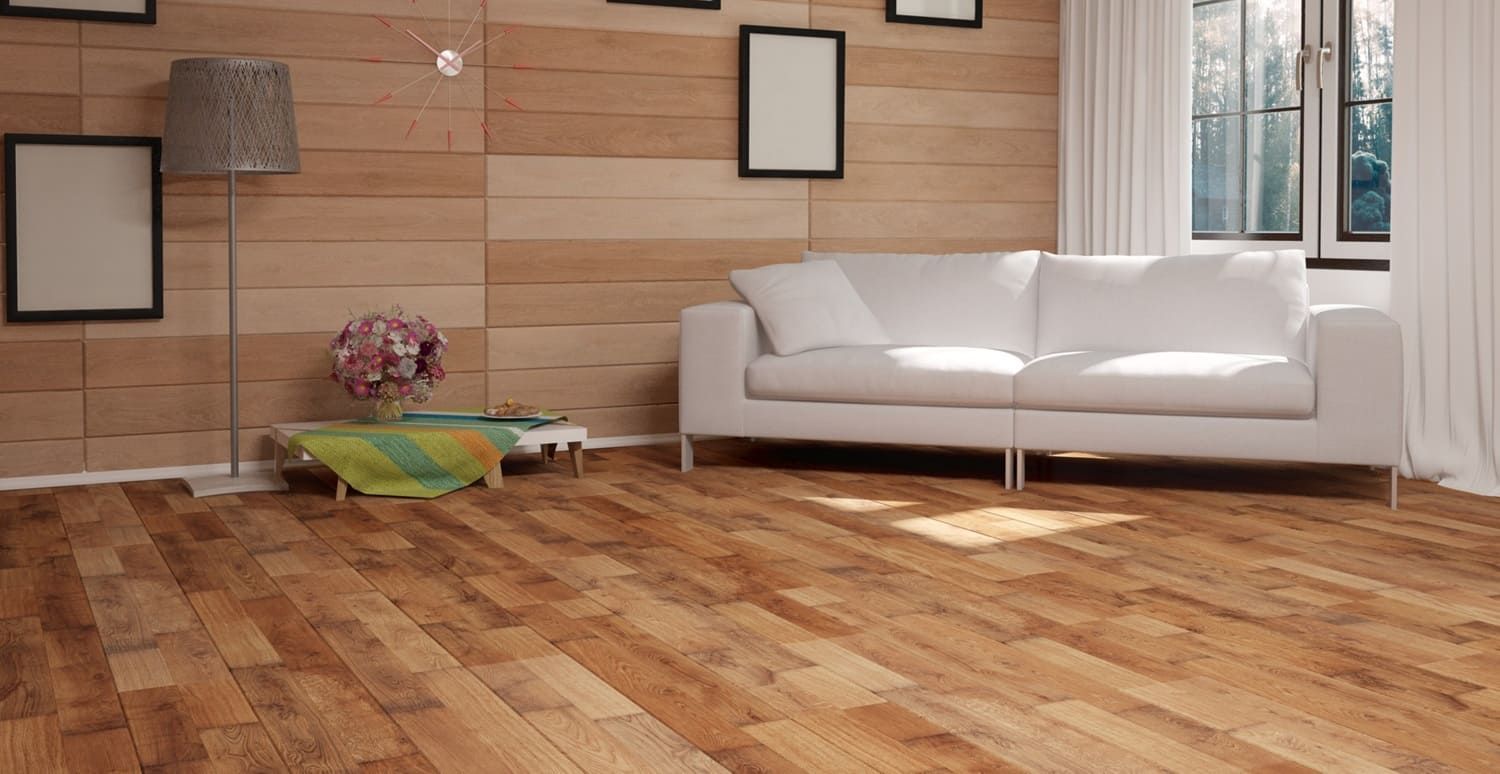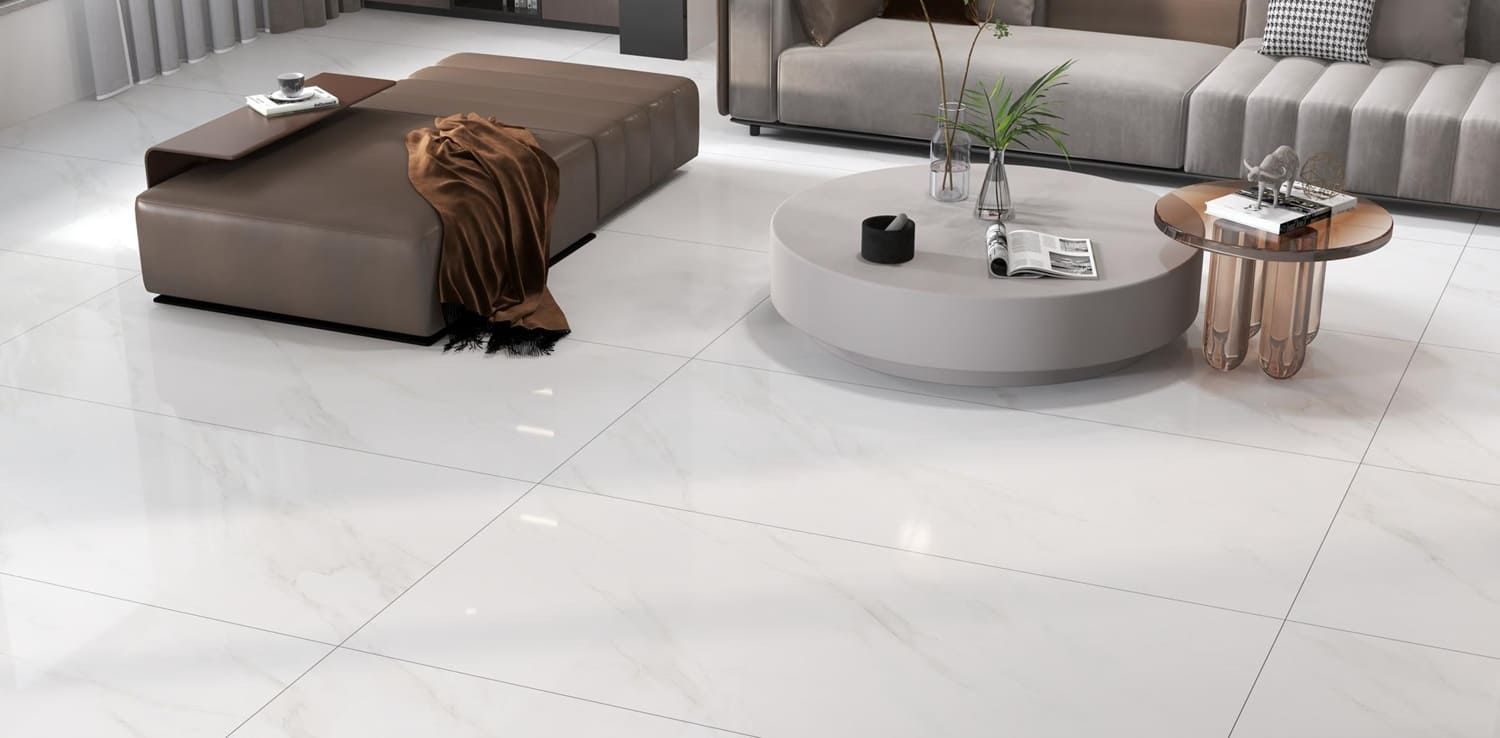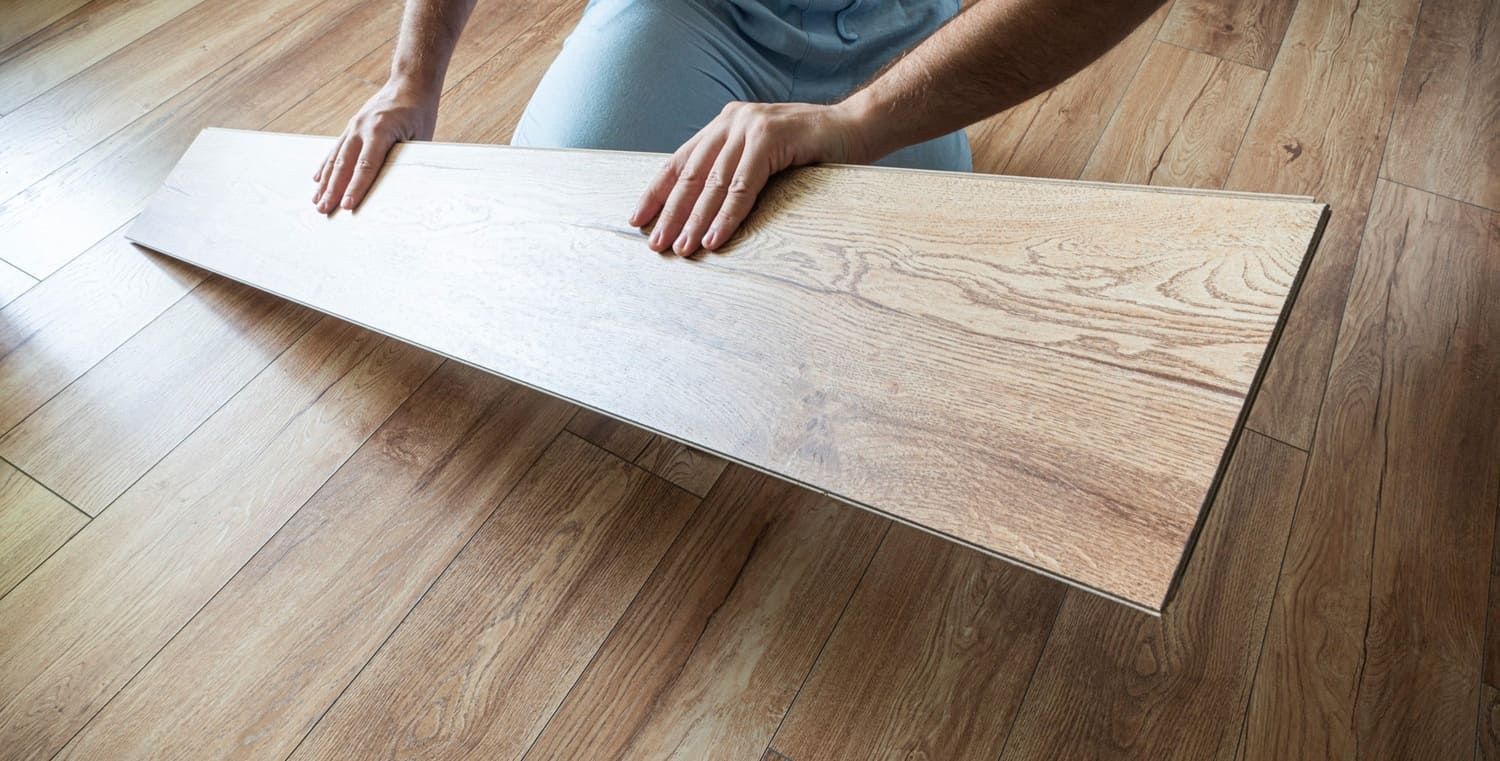Tips to Make Your New Floors Last Over 15 Years
Before diving into maintenance, it's crucial to start with the right flooring options. The longevity of your floors begins with the material you select. Each type of flooring comes with its own set of benefits and maintenance requirements, making it essential to consider your lifestyle and the specific needs of each room. Here are some popular choices and considerations for each:
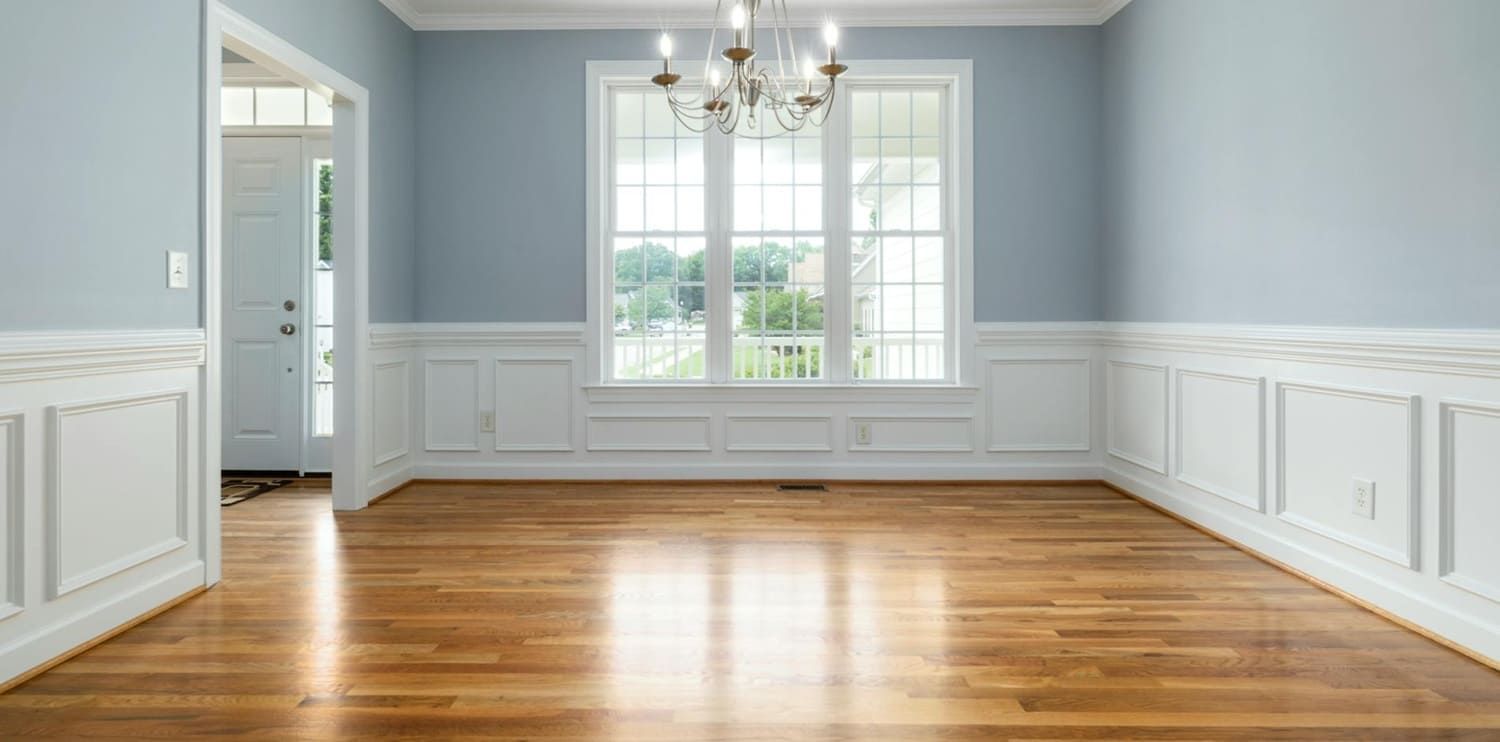
Hardwood Flooring
Hardwood is a classic choice known for its elegance and timeless appeal. It's durable, but it requires some care to maintain its beauty. Opt for harder wood species like oak, maple, or hickory for areas with high foot traffic. These options are more resistant to scratches and dents. Additionally, consider the type of finish, as options like polyurethane or oil-based finishes can offer varying degrees of protection and sheen, thus influencing both maintenance needs and the overall look of the floor.
Laminate Flooring
Laminate flooring is an affordable alternative that mimics the look of hardwood. It's resistant to scratches and stains, making it a great option for families with pets or children. However, it's essential to choose a high-quality laminate to ensure it lasts. Look for laminate with a thicker wear layer for added durability, and consider options with a textured surface to better hide imperfections. Moreover, modern laminate floors often come with water-resistant features, making them suitable for areas prone to spills.
Tile Flooring
Tile is an excellent choice for kitchens and bathrooms due to its water resistance. It's easy to clean and maintain, but make sure to select a tile with a high wear rating for areas with heavy use. Consider the type of tile as well; ceramic and porcelain tiles offer different levels of durability and aesthetic appeal. Additionally, the grout used between tiles can impact the overall look and longevity of your floor, so choose a high-quality, stain-resistant grout to complement your tiles.
Vinyl Flooring
Vinyl flooring has come a long way in recent years. It's highly durable, water-resistant, and available in various styles, including those that mimic hardwood and stone. Consider luxury vinyl planks for a more robust and visually appealing option. With advancements in technology, vinyl now offers enhanced textures and a more realistic appearance, making it a popular choice for those seeking both style and durability. Furthermore, vinyl's ability to withstand moisture makes it an excellent choice for basements or laundry rooms.
Proper Installation is Key
The longevity of your floors heavily depends on proper flooring installation. Hiring professional installers ensures that your floors are laid correctly, reducing the risk of future issues. A well-installed floor can withstand daily wear and tear more effectively, providing you with peace of mind. Here are some key points to consider during installation:
- Subfloor Preparation: Ensure the subfloor is clean, dry, and level before installation. This step prevents uneven surfaces and prolongs the life of your flooring. A well-prepared subfloor also ensures that your flooring will be more stable, reducing the likelihood of squeaks or shifting over time. Additionally, addressing any moisture issues in the subfloor can prevent future problems like mold or warping.
- Acclimation: Allow your flooring material to acclimate to the room's temperature and humidity for a few days before installation. This prevents warping and buckling after installation. Each type of flooring material reacts differently to environmental conditions, so this step is crucial for achieving a perfect fit and finish. This acclimation process is particularly important for natural materials like hardwood, which expand and contract with changes in humidity.
- Expansion Gaps: Leave proper expansion gaps around the perimeter of the room to allow for natural expansion and contraction of the flooring material. These gaps prevent the flooring from buckling under pressure. Properly placed expansion gaps are essential for maintaining the integrity of your flooring, especially in areas with fluctuating temperatures. Skirting boards or moldings can be used to cover these gaps, providing a seamless look while allowing the floor to breathe.
Regular Cleaning and Maintenance
Keeping your floors clean is essential for maintaining their appearance and longevity. Regular cleaning not only enhances the beauty of your floors but also prevents the buildup of debris that can cause damage over time. Here are some tips for regular cleaning and maintenance:
Hardwood Floors
- Dust and Sweep: Regularly dust and sweep to remove dirt and debris that can scratch the surface. Frequent cleaning prevents the accumulation of particles that could dull the finish of your hardwood floors. Using a soft-bristle broom or microfiber cloth can help maintain the shine and minimize scratches.
- Damp Mop: Use a damp mop with a hardwood floor cleaner, avoiding excessive water that can damage the wood. Choose a cleaner specifically designed for hardwood to preserve its natural oils and finish. It's important to dry the floor promptly after mopping to prevent moisture from seeping into the wood.
- Protect from Sunlight: Use curtains or blinds to protect hardwood floors from direct sunlight, which can cause fading over time. Consider applying UV-blocking window films for added protection. Rotating rugs and furniture can also help distribute sunlight exposure evenly, reducing the risk of uneven fading.
Laminate Floors
- Dry Mop or Vacuum: Use a dry mop or vacuum designed for hard floors to remove dust and dirt. This helps maintain the laminate's surface and prevents scratches. Ensure that your vacuum's beater bar is turned off to avoid damaging the laminate.
- Avoid Excess Water: Like hardwood, laminate floors should not be exposed to excessive moisture. Clean spills promptly to prevent damage. Using a damp cloth for spot cleaning is often sufficient for laminate, and it's crucial to address any water exposure immediately to prevent warping.
Tile and Vinyl Floors
- Sweep and Mop: Regular sweeping and mopping with a mild cleaner keep tile and vinyl floors looking their best. Avoid harsh chemicals that can damage the surface or grout. For vinyl, a mixture of warm water and a mild detergent is often enough to keep the floors clean and shiny.
- Seal Grout Lines: For tile floors, seal grout lines to prevent staining and moisture penetration. Regularly re-sealing the grout can prolong its life and maintain the overall appearance of your tile floor. Consider using a high-quality grout sealer to enhance protection against stains and moisture.
Protecting Your Floors
In addition to regular cleaning, taking steps to protect your floors from potential damage will extend their lifespan significantly. Implementing protective measures ensures that your floors remain beautiful and functional, even in high-traffic areas.
Use Rugs and Mats
Place rugs and mats at entryways to trap dirt and moisture before they reach your floors. This simple step can prevent scratches and water damage, especially in high-traffic areas. Opt for rugs with non-slip backings to prevent accidents and ensure they are easy to clean or shake out regularly.
Furniture Pads
Attach felt pads to the bottom of furniture legs to prevent scratches when moving pieces around. This is particularly important for hardwood and laminate floors. Regularly check and replace worn pads to maintain their effectiveness. Additionally, consider using furniture coasters for heavier items to distribute weight more evenly.
Pet Care
Trim your pets' nails regularly to reduce the risk of scratches. Consider using pet-friendly rugs and mats in areas where your pets spend the most time. Pet hair and dander can also affect floor cleanliness, so regular grooming and vacuuming are essential. Providing designated play areas with protective coverings can help minimize wear and tear from energetic pets.
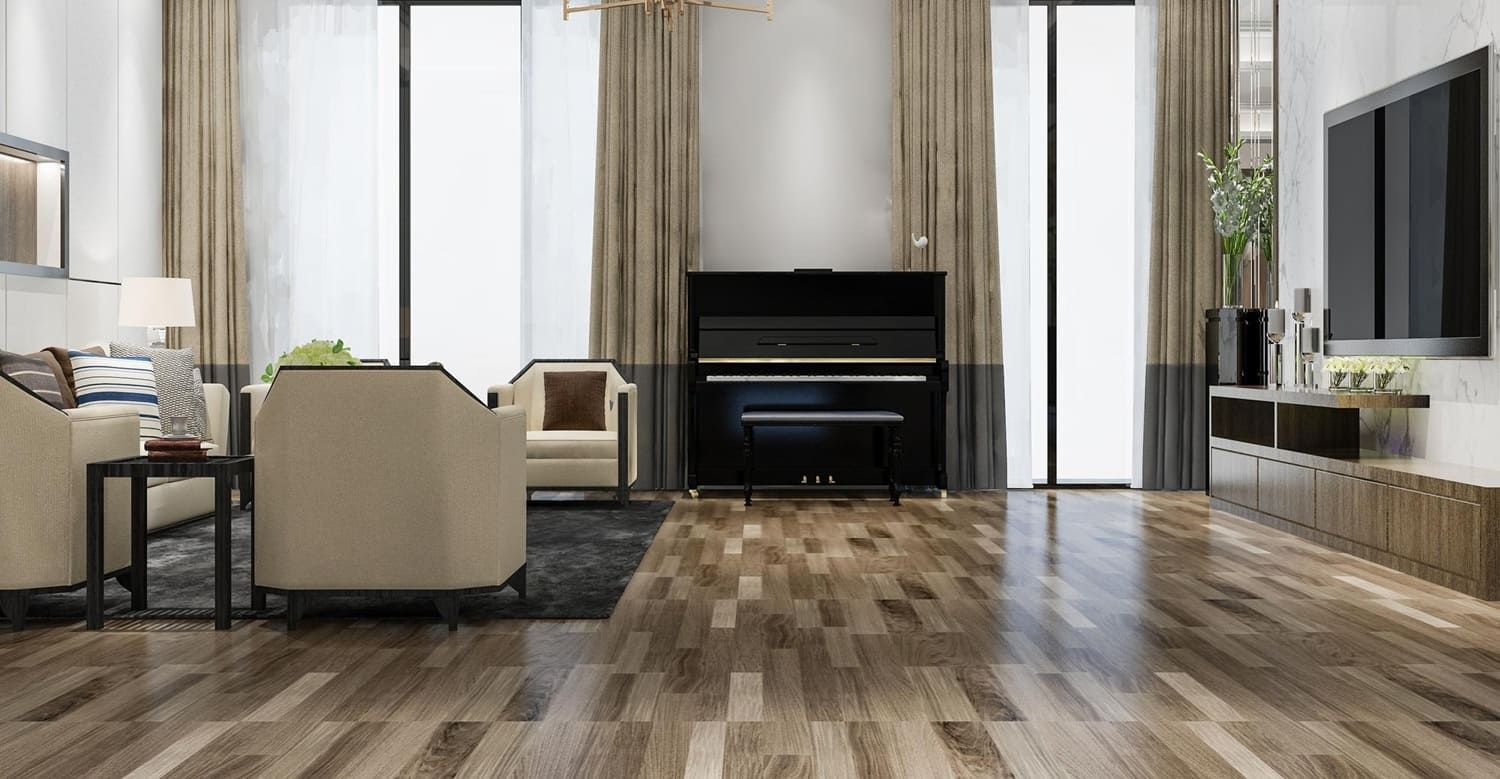
Dealing with Damage
No matter how careful you are, accidents can happen. Knowing how to address and repair damage effectively can keep your floors looking their best and prevent further issues.
Scratches and Dents
For minor scratches and dents on hardwood floors, use a wood filler or touch-up kit that matches your floor's color. For deeper damage, consider hiring a professional to refinish the affected area. Regularly inspecting your floors allows you to catch and address scratches early, preventing them from becoming more noticeable over time.
Water Damage
Act quickly to dry any water spills on your floors. Use a towel or mop to absorb moisture and set up fans to aid drying. For severe water damage, consult a professional to assess and repair the affected area. Preventive measures, such as using waterproof mats in kitchens and bathrooms, can help reduce the risk of water damage.
Refinishing and Replacing
Over time, even the best-maintained floors may show signs of wear. Understanding when to refinish or replace your floors ensures they remain both beautiful and functional.
Hardwood Floors
Hardwood floors can be sanded and refinished several times during their lifespan. This process removes surface scratches and restores the original finish, making the floors look new again. Periodic refinishing can also allow you to update the stain color, adapting to changing decor styles without replacing the entire floor.
Laminate and Vinyl Floors
Laminate and vinyl floors cannot be refinished, but replacing damaged planks or tiles can extend the floor's overall life. Keep spare planks or tiles from your original installation for easy replacement. Regularly inspecting your floors and addressing damage promptly can prevent the need for more extensive repairs.
Tile Floors
Tile floors are incredibly durable, but if a tile cracks or becomes damaged, it can be replaced without affecting the surrounding tiles. Keeping extra tiles from your original purchase can facilitate quick repairs. Properly maintaining the grout and sealing it regularly can also prevent the need for frequent tile replacements.
Conclusion
By selecting the right flooring options and following these tips for installation, cleaning, maintenance, and protection, you can ensure your floors remain beautiful and functional for over 15 years. At Eagle Flooring West, the best flooring installers near you serving Phoenix. Remember, the key to longevity lies in regular care and attention to detail. With the right approach, your floors will continue to enhance your home's aesthetics for many years to come. Investing time in proper maintenance not only preserves the beauty of your floors but also contributes to the overall value and enjoyment of your home.
Contact Eagle Flooring West today for a free estimate—and let us help you transform your space with stylish, durable, and easy-to-maintain flooring.

